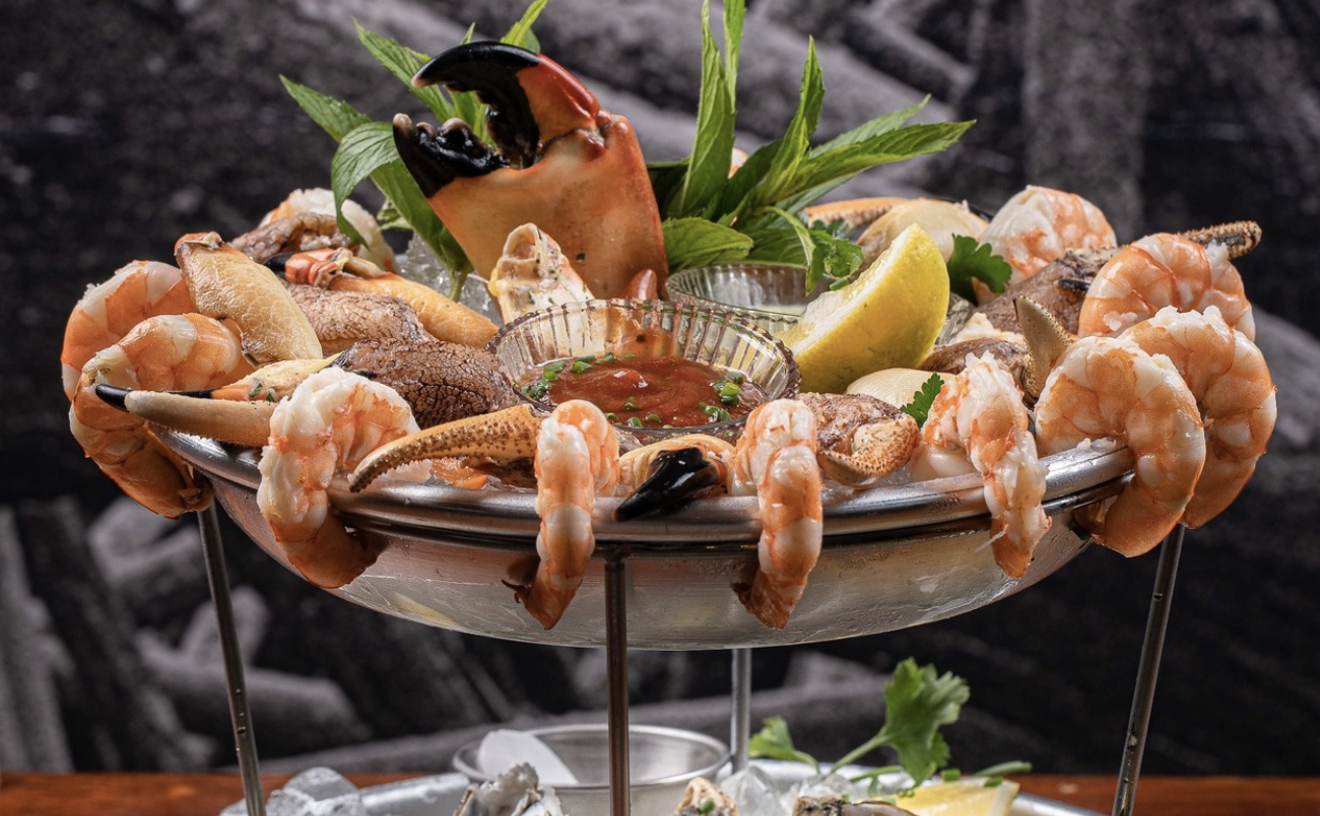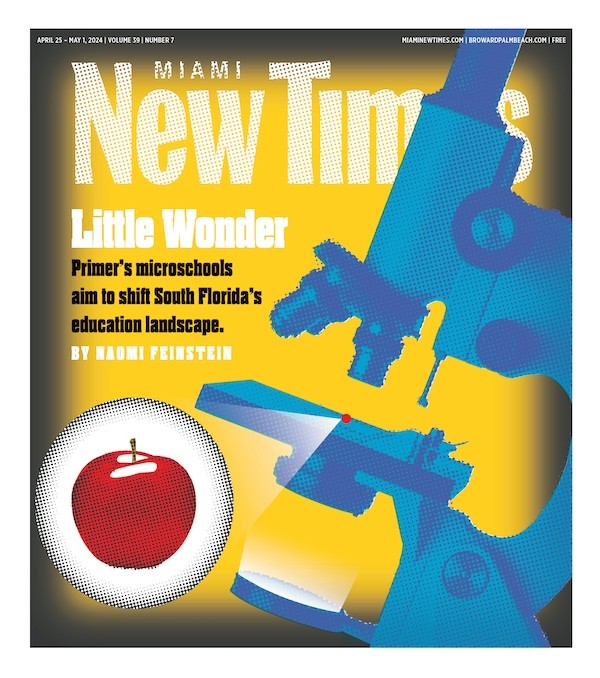Somehow I can't imagine twisting open a crown closure to achieve the same palate-stimulating and visually appealing effect, and that comes from a woman so much more cynical than romantic that she's thankful Keats didn't have a longer run for writing poetry. As Norman's sommelier Ian Falcone, who is "definitely against" replacing corks with screwcaps, says, "Uncorking is like waiting for a climax, and pulling the cork is like saying 'I do.'"
I suppose it was a combination of that unaccustomed romantic impulse and a touch of ignorance (even more unusual, I'd like to think) -- how was cork made, after all? -- that prompted me to head to the cork forests of Portugal to witness the harvest and production of natural cork stoppers.
In order to counteract the negative publicity engendered by a seemingly ever-rising number of cork-tainted bottles and a wide right turn toward sterile screwcaps endorsed by a generous double handful of international winemakers, the largely government-run Portuguese Cork Association (Associação Portuguesa de Cortiça, otherwise known as APCOR) has launched a telling campaign: January of 2002 saw the introduction of the Cork Information Bureau (CIB) and a year-long push toward promoting cork closures in ten of the world's key wine markets. Nearly 250 companies, representing various arms of the three-billion-dollar Portuguese cork industry, hold membership in APCOR; statistically, that means APCOR accounts for 75 percent of national production and 80 percent of cork exports. And that goodly portion has contributed twenty percent (via membership dues) to an earmarked eight million euros (supplemented by public funds) to market and improve the image of natural cork.
Still, Claudia Falley, the representative for the largest-producing APCOR member, Amorim & Irmãos, claims her company is not as panicked as, say, just about any brokerage firm on Wall Street. "I don't feel Amorim is threatened in a commercial sense," Falley notes. "We are funding the research and development to reduce the risk of contamination. What we want at the end of the day is much cleaner cork, and for our studies to scientifically prove we are providing [the quality] we thought we have been."
To that end, in the past four years, Amorim has devoted six million in U.S. dollars toward internal research in order to eradicate 2,4,6-Trichloroanisole (TCA), the aptly named Volatile Organic Compound that can taint a bottle of wine. Amorim, along with competing companies like Vinocor Industria de Cortica LDA, has also built state-of-the-art facilities in southern Portugal, closer to the cork forests than its other factories, so that it keeps watch at the source. Falley admits, "Amorim has made a huge investment in the south [of Portugal] to achieve better results in the quality of the bark."
Indeed, the source bears watching, for the enocentric of us who are romantic, scientific, or just plain curious. Cork is extracted from the bark that is stripped from Quercus Suber L., a type of acorn-producing English oak tree that has existed in its natural Mediterranean Basin environment for almost 60 million years. The cork oak forests cover 2.2 million hectares, expanding over seven countries; Portugal claims 725,000 hectares and 54 percent market-share of cork production. You don't need to be an industry analyst to know why it would want to protect its majority interest.
Originally cultivated to produce fruit for the black Iberian pigs that are still being bred in the cork forests in Alentejo, the southern region of the country, the Quercus Subers have a forked appearance that any South Florida fruit-bearing tree owner will recognize: a long, smooth, healthy trunk that bisects into a general V, which branches out into twigs and leaves from there. Because cork is only harvested from the trunks, and the color of the tree once the bark planks are removed is a vibrant rust -- it's hard not to think of blood -- the stripped torsos appear half-naked, like a human who is in the process of pulling a shirt over his head.
In fact the hue of the denuded trees reflects the color of the land, which is rugged, dry, and not entirely picturesque. The forests are identical to one another, whether they are naturally occurring or have been cultivated, with trees separated from each other by a radius of about 25 feet. Vegetation beneath the oak trees is sparse, providing room for roads, herds of grazing livestock, and subsidy crops.
What the cork forests don't allow for are buses, like the one I boarded with a group of fourteen or so wine critics and journalists from South Africa (all in favor of screwcaps, say ja). As the coach lurched and swayed its way through the 1200-hectare forest owned by fifth-generation cork farmer Almeida Garrett at about two miles per hour, I had terrible visions of being crushed in a bus crash, a single American grape under a tangled bunch of very large Afrikaaners (man, but do they grow them big down there). But, I could picture my husband eulogizing at the funeral, at least she died for romance.
Of course if public image of the cork doesn't improve, romance, sentimentality, and tradition may be the only pitches left for the cork producers. And they don't make very persuasive arguments to those in the wine industry who are rallying for contamination-free closures like the crown and the Stelvin screwcap. Hue Harriman, board member of the South Florida chapter of the American Institute of Wine and Food, snorts, "We don't drive buggies anymore, so to say that cork is traditional is silly ... when champagne is first bottled, it is closed with a crown cap -- sometimes for many years!"
He's right, of course, in an industrial-revolution sort of way. But those of us with a fondness for cottage industries can relate to the cork harvester, who has been "quite trained not to damage the bark," Garrett says. It is his -- and yes, he's always a "he" -- art form. Cork harvesters work in pairs, wielding a uniquely wedge-shaped axe that Garrett calls a "hammer." Much like lumberjacks, they scramble up and around a tree, alternately striking the bark firmly enough to sink the blade through the two-inch-thick layer but not deep enough to slit the wood underneath. They can hit the tree no matter where they perch, from any angle, as if they're performing tricks on a par with playing the piano with one's toes -- over their heads, under their armpits, between their legs, making the male Afrikaaners wince more than once.
The results of all that precision-cutting are planks about four or five feet long that are torn off the tree with a slight groaning sound. The planks are tossed to the ground and the men continue up the tree, completing each one in an average of fifteen minutes. If trees had therapists, they'd probably relate to them the following emotions, equivalent to a freshly shaved sheepdog, at being so summarily stripped: embarrassment, bewilderment, and maybe just a hint of resentment.
"It's always a stress on the tree," Garrett admits. "A small stress, but still a stress." Bark removal does not, however, kill or endanger the tree. In fact, the bark regenerates, a process that begins immediately. The date the cork is harvested is marked on the tree, whose angry color fades into polished gray as the years go by and the bark rebuilds. The tree we watched being stripped was last harvested in 1993.
After the planks are removed from the tree, they're rated, stacked, and sold to various manufacturers. Inferior cork goes to school classroom walls and shoe factories; the better stuff winds up drying out for at least six months before the next stage of the process. How the cork is treated from there composes a large part of APCOR's mission, which is not only to lower TCA-taint levels through quality production but to make consumers aware of that reduction, currently estimated at about .8 percent.
Those stats are obviously at odds with those spouted off by the proponents of screwcaps. In its newsletter Cork Supply News, Cork Supply USA says the "answer [is] obvious -- it is a consistent sampling error." In other words, the taint only appears to be a certain percentage to wine writers and critics. Since they frequently test bottles from small-production facilities and mass-scale wineries at the same tasting, the variables are uncontrolled and the ratios incomparable.
Still challenges like the one that Cork Supply USA issued to the Wine Spectator -- whose writer Jim Laube is pro-screwcap -- to visit cork facilities and verify measures of TCA-related taint with chemical proof, have only added more compounds to the fire. Bonny Doon's response to the APCOR campaign is particularly revealing: "[APCOR] has in numerous recent print advertisements invited interested parties to step up and debate the merits of the various closure systems. While we at Bonny Doon Vineyard personally believe that their invitation to enjoin the debate is precipitated by the fact that they currently have 3 1/2 legs in the tar pit, we are nevertheless quite willing to offer a spirited contribution to the ongoing discussion."
Speaking from the depths of the pit, Falcone of Norman's believes that Bonny Doon may prove to be an aberration: "In Europe, the old families are completely opposed to the idea of screwcaps. They count on the oxidation that only a cork can give. As [American] consumers, we follow the European tradition of drinking wine. We learn from France and Italy and Spain. We look for beauty and romance." Unlike consumers from Australia or South Africa, he notes, whose wine culture has long included such innovations as the plastic "bag-in-a-box" wine container. Ja.
Next week: Portugal's response to the industry threat: too little, too late? Plus, how the "death of the cork" campaign could affect both the Portuguese economy and Miami drinking habits: South Florida distributors are all for it.









